Symposium: Lo spazio dell’arte tra passato e futuro (The space of art between past and future)
18 November 2016
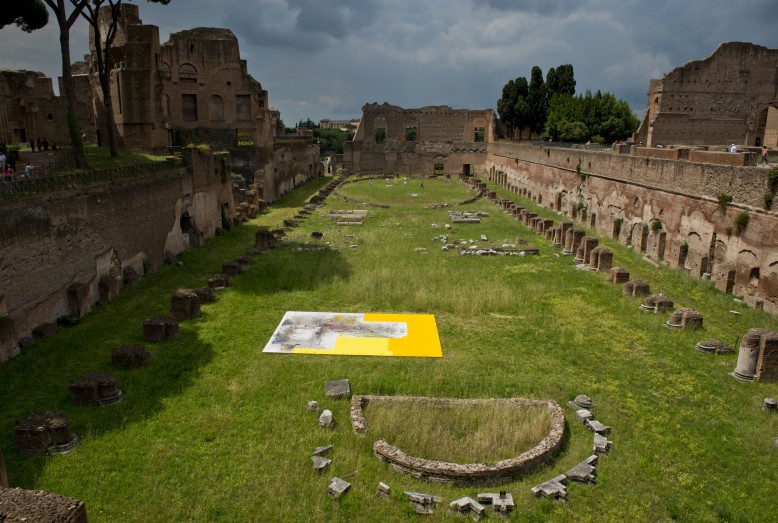 Gianni Politi, Reverse Sistina, 2016. Installation view, Roman Forum and the Palatine Hill, Rome. Courtesy Lorcan O'Neil, Rome and Nomas Foundation, Rome
Gianni Politi, Reverse Sistina, 2016. Installation view, Roman Forum and the Palatine Hill, Rome. Courtesy Lorcan O'Neil, Rome and Nomas Foundation, Rome
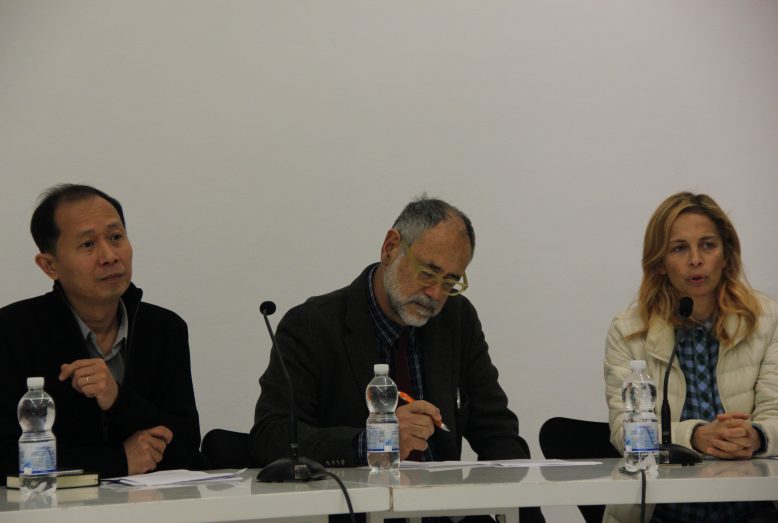 Hou Hanru, Francesco Prosperetti, Raffaella Frascarelli during the Symposium, November 18th, 2016. Sala Graziella Lonardi Buontempo, MAXXI, Rome.
Hou Hanru, Francesco Prosperetti, Raffaella Frascarelli during the Symposium, November 18th, 2016. Sala Graziella Lonardi Buontempo, MAXXI, Rome.
 Hou Hanru, Francesco Prosperetti, Raffaella Frascarelli during the Symposium, November 18th, 2016. Sala Graziella Lonardi Buontempo, MAXXI, Rome.
Hou Hanru, Francesco Prosperetti, Raffaella Frascarelli during the Symposium, November 18th, 2016. Sala Graziella Lonardi Buontempo, MAXXI, Rome.
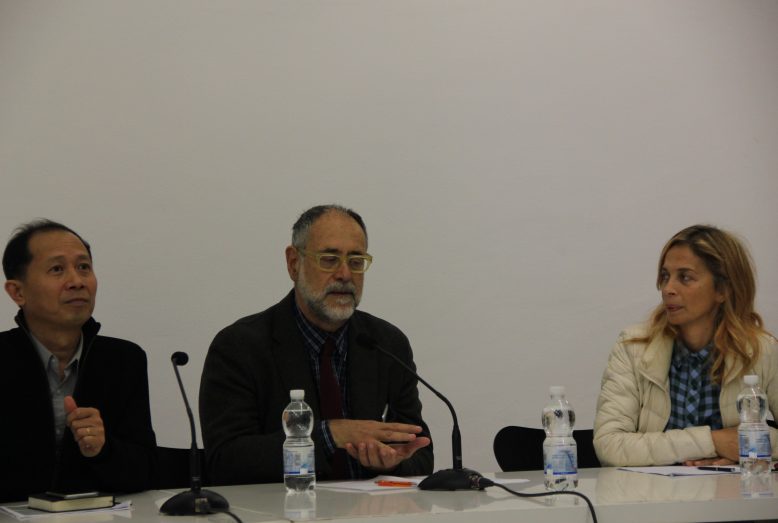 Hou Hanru, Francesco Prosperetti, Raffaella Frascarelli during the Symposium, November 18th, 2016. Sala Graziella Lonardi Buontempo, MAXXI, Rome.
Hou Hanru, Francesco Prosperetti, Raffaella Frascarelli during the Symposium, November 18th, 2016. Sala Graziella Lonardi Buontempo, MAXXI, Rome.
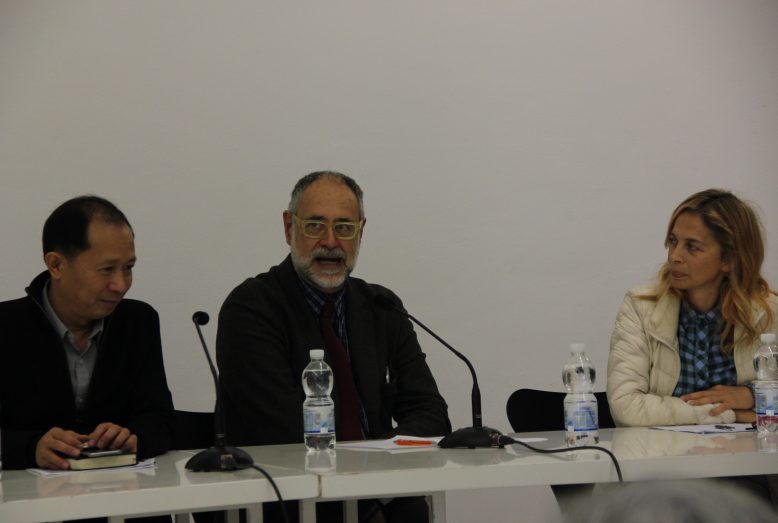 Hou Hanru, Francesco Prosperetti, Raffaella Frascarelli during the Symposium, November 18th, 2016. Sala Graziella Lonardi Buontempo, MAXXI, Rome.
Hou Hanru, Francesco Prosperetti, Raffaella Frascarelli during the Symposium, November 18th, 2016. Sala Graziella Lonardi Buontempo, MAXXI, Rome.
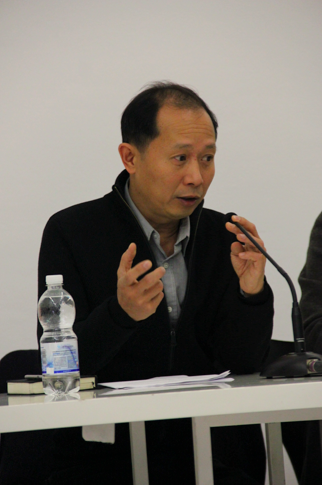
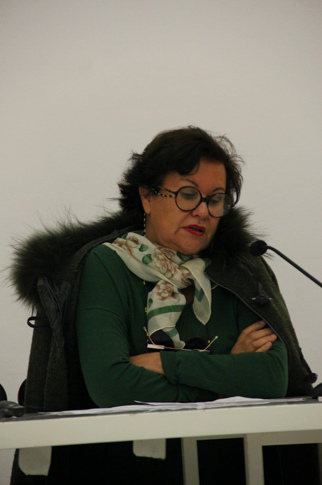 Monique Veaute during the Symposium, November 18th, 2016. Sala Graziella Lonardi Buontempo, MAXXI, Rome.
Monique Veaute during the Symposium, November 18th, 2016. Sala Graziella Lonardi Buontempo, MAXXI, Rome.
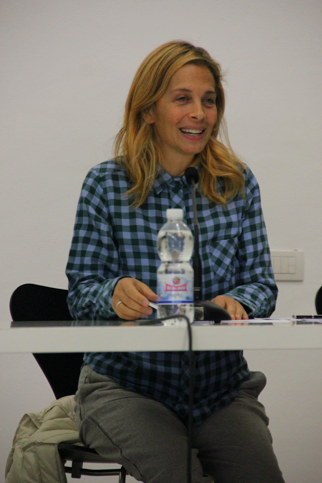 Raffaella Frascarelli during the Symposium, November 18th, 2016. Sala Graziella Lonardi Buontempo, MAXXI, Rome.
Raffaella Frascarelli during the Symposium, November 18th, 2016. Sala Graziella Lonardi Buontempo, MAXXI, Rome.
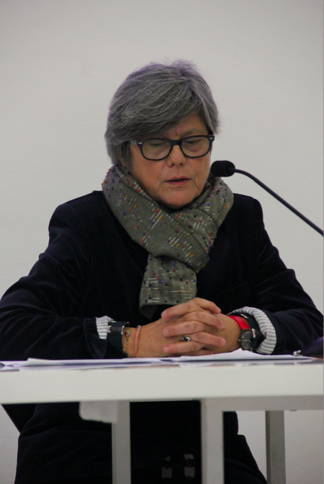 Maria Rosa Sossai during the Symposium, November 18th, 2016. Sala Graziella Lonardi Buontempo, MAXXI, Rome.
Maria Rosa Sossai during the Symposium, November 18th, 2016. Sala Graziella Lonardi Buontempo, MAXXI, Rome.
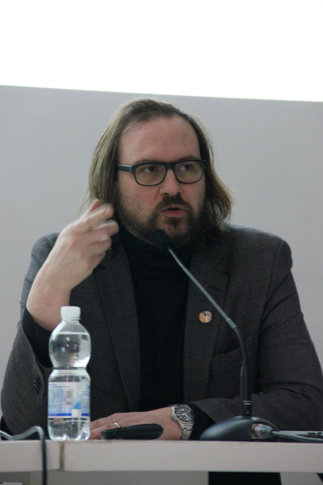 Dieter Roelstraete during the Symposium, November 18th, 2016. Sala Graziella Lonardi Buontempo, MAXXI, Rome.
Dieter Roelstraete during the Symposium, November 18th, 2016. Sala Graziella Lonardi Buontempo, MAXXI, Rome.
November 18th 2016 from 9.30am to 3.30pm
Sala Graziella Lonardi Buontempo MAXXI Museum
Free entrance
Programme of the Symposium:
Introduction
HOU HANRU, Artistic Director MAXXI
FRANCESCO PROSPERETTI, Soprintendenza Speciale per il Colosseo e l’Area Archeologica di Roma
10.30 RAFFAELLA FRASCARELLI, Nomas Foundation
Lo stato dell’arte tra passato e futuro
Can the synergy between ancient and contemporary regenerate the cultural production through innovative models? The recent practices brought forth by MIBACT and the Soprintendenza Speciale per il Colosseo e l’Area Archeologica di Roma open a new perspective in rewriting ancient history. The synthesis of the rules of method which belong to archaeology and ancient studies does not correspond to those of the contemporary art world. An open and critical debate is therefore necessary in order to formulate a common route, leaving untouched the extraordinary work of the archaeologists while experimenting strategies that can maximize the interaction between economic resources and political cultural ones.
11 Coffee Break
11.30 CLEMENTINA PANELLA, Sapienza UniversitaÃÄ di Roma
“L’occhio dell’archeologo”. Pensieri sparsi sulle regole del gioco
Starting from the premise that the archaeological research should have a return on the urban landscape, becoming heritage of shared knowledge, and from the certainty that buildings, complexes, settlements, fabrics of the past may guide the transformations in historic cities, regaining memory in terms of space and time, this discussion highlights the main themes (procedures and strategies, schedules and contexts, continuity and discontinuity, crises and transformations, conservation, communication, fruition) and the current problems of urban archaeology, in reference to Rome and its extraordinary archaeological heritage.
12.00 CHRISTOPHER SMITH,The British School at Rome Missing the centre: thoughts on the Roman case
One of the great boasts we make about Rome is its uninterrupted history – but of course that claim is disputable, and was already brought into question by the exhibition Roma Interrotta. Nowhere is the gap between past and present so clearly evident as in the forum Romanum, where the destruction by archaeologists of the post-Roman use of the forum, and the destruction of the Borgo for political purposes, has left a gaping hole in the centre of Rome. This lecture considers the missing centre and reflects on its significance for understanding the city of Rome.
12.30 MONIQUE VEAUTE, Romaeuropa Festival
I paradossi del buon senso
The issues raised in this symposium are at the same time legitimate and pertinent, property which makes them even more problematic knowing that they highlight a series of questions of diverse nature that contradict one another in the instant in which we try to formulate some answers. Interrogating ourselves on the opening of archaeological sites and contemporary art is even more interesting than the forms of art (sculpture, video, installations and performances) that are immediately offered in situ as an interpretative key of the spaces which host them. The historical re-reading of the archaeological spaces solicited by contemporary art regenerates their cultural sense, keeping them away from an otherwise silent destiny. This possibility may also cause apprehension of a violation of “integrity of the historical and artistic heritage” where it is used as a static background for a narration that is completely detached from its context. Which are therefore the criteria of selection? It is impossible to ignore the role of private actors (foundations, galleries, collectors, banks) in relation to the artistic production, especially when facing the impossibility for public institutions to compete in such production due to a lack of resources. In Italy, safeguard and conservation are exemplary models that bringing value to the heritage, a pillar to be proud of. How to create therefore new rules of fruition? Which institutional figures and which modalities can promote and oversee a process of renovation? Will the ruins of our ancient
history be the new museums which instill in stone a new life and place contemporary art in harmony with history of western culture?
14.00 MARIA ROSA SOSSAI, ALAgroup
Come rigenerare la mediazione culturale tra processi pedagogici, spazi di libertaÃÄ creativa e pratica curatoriale
Cultural mediation is the starting point to imagine an ethical cultural offer and a vital dialogue between past and future. Dialogue which is only possible if we act in the present. In order to act in the present, it is essential that we translate the theory in an established practice of what we are now living, the time of the symposium.
In an intellectually deserted panorama dominated mostly by profit, the role of the cultural mediators is to create a climate in which knowledge can self-generate, bringing value to what we are doing and thinking in this moment. The enhancement of self, which Amartya Sen calls “capability”, represents the only opportunity to find within ourselves the conditions to realize and ‘govern’ our work, without mandates. Undertaking therefore a process of formation and active and shared cultural mediation means, for example, deconstructing together the knowledge that was handed to us.
14.30 DIETER ROELSTRAETE, Documenta 14
YOU DIG? Art and/as Archaeology
In 2009, Dieter Roelstraete first published his acclaimed essay "The Way of the Shovel: On the Archaeological Imaginary in Art" in e-flux journal. Shortly thereafter, a small group show titled "The Archaeologists", organized in rural Germany, first took up the topic in curatorial form. In 2013, Roelstraete curated the much larger "The Way of the Shovel: Art and Archaeology at the Museum of Contemporary Art Chicago", celebrating a trend in art that, in its initial essayistic analysis, had been treated with a fair dose of critical reserve. "The Way of the Shovel" remains the author's most widely read text, and the unending source for writing, speaking and curating engagements worldwide. In his presentation in Rome, Roelstraete will revisit the arc of his speculations regarding the "historiographic" impulse in contemporary art, looking back at the art that lead him to diagnose and theorize the phenomenon in the first place, and
assessing where we are today, in contemporary art's seemingly indefatigable (or is it?) infatuation with archiving and excavating, history-telling and the artifice of archaeology.
15.00 STEFANO CHIODI, RomaTre
L’uso dei classici
In what ways, with which criteria is it possible to imagine the relation between today’s art and the ancient? How to subtract historical venues to their cultural isolation and how to prevent their reduction to mere spectacular backgrounds? The current and consolatory idea of classic, whose disintegration is inevitable, maybe necessary, in any case predictable, must face the present day necessity to renew the relationship with what appears irrevocably handed as a “past” whose maintenance is more and more difficult. The Italian cultural affair of the last decades offers a series of examples in which the encounter between contemporary art and ancient spaces has generated positive effects thanks to the convergence of curatorial projects of quality, of notable artistic personalities and a public supervision which is aware and participating. The examples of a legacy which would be important in the search of a difficult equilibrium between experimentation and preservation. Italy, has written Giorgio Manganelli, was never just a “peninsular parking for monuments”, since the were not just “dense and intense of life memories” but “livable and habitable singular things”, where ancient and recent intertwined and confronted in an unlimited series of re-appropriations.
15.30 Conclusions